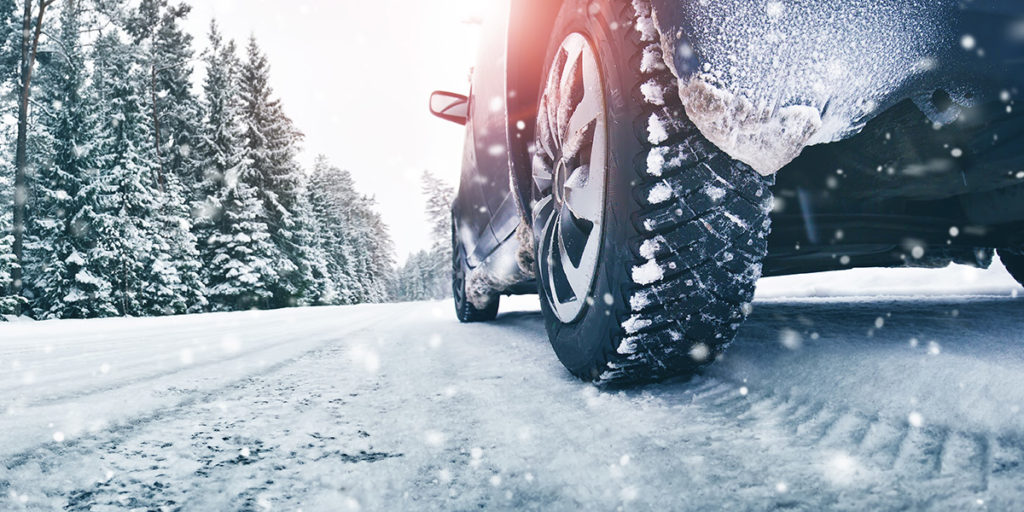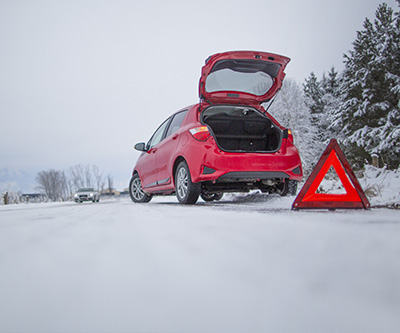Driving Safety and Winter Driving
Posted: Jan. 16, 2020 • By Kevin Kohler

We don’t have all that much winter where we live
Exposure to winter driving conditions is more widespread than we might think. Most locations in temperate zones have exposure to winter conditions, sometimes in a manner that you may not normally encounter such as when:
- Travelling on business or pleasure to more northerly climates
- Taking winter vacations
- Driving in the mountains or through high passes
- Experiencing that once a year ice and snow event
No matter how you think about it, most of us are exposed to some winter driving. The fact that we don’t often experience winter driving conditions can make it more dangerous when we do.
Weather related driving challenges
The US Federal Highway Authority reports that one in five vehicle accidents are weather related. The usual winter weather culprits are:

- Poor visibility in snow, sleet and drifting snow
- Icy, slushy or snow-covered pavement leading to slippery conditions
- Uneven accumulations of snow on the road leading to loss of directional control
Other complicating factors include:
- The performance of vehicle components in cold weather such as tires and windshield wipers
- Visibility issues from snow, ice and frost on glass and lights
- Exposure to cold temperatures in the event of problems
There are clearly a number of issues related specifically to winter driving that we must be mindful of.
How can we prepare for winter driving?
Get Prepared Canada recommends:
- Slowing down
- Filling with the proper rated washer fluid and replacing wiper blades
- Making sure that you can see and be seen; clearing off all snow and ice from windows and lights
- Having a comprehensive emergency car kit for the conditions you might be facing
Some other steps to consider include:
- Postponing your trip and not driving in bad weather or conditions
- Letting others drive if you do not have the proper skills and experience
- Renting a properly equipped vehicle if yours is not ready for the conditions it might be facing
- Driving with others in your car or in a convoy
- Taking winter defensive driving courses that include skid control
Do defensive driving concepts change in the winter?

No, the concepts of defensive driving do not change in the winter, they actually become even more important. Defensive driving is a state of mind that works best when used consistently in all seasons.
In the winter it is all the more important to:
- Practice journey management, get weather information, check-in and have a plan if driving alone.
- Manage your space according to road conditions and the other vehicles around you.
Driving is dangerous
Remember that motor vehicle incidents account for about one third of all workplace fatalities from injuries (OSHA, WorkSafeBC). Driving is statistically dangerous but the hazards can be controlled if we practice sound journey management and observe defensive driving concepts.
Be safe this winter by being prepared!
Related Articles

COVID-19 Fall 2020 Return to School
COVID-19 and Society – Where are We? COVID-19 is still a very new disease whose epidemiology is not all that […]
Read Article
Near Miss Reporting: The Safety Pyramid (Part 1)
It was a “near miss”, no one got hurt; so, we don’t call it an incident A near miss should […]
Read Article